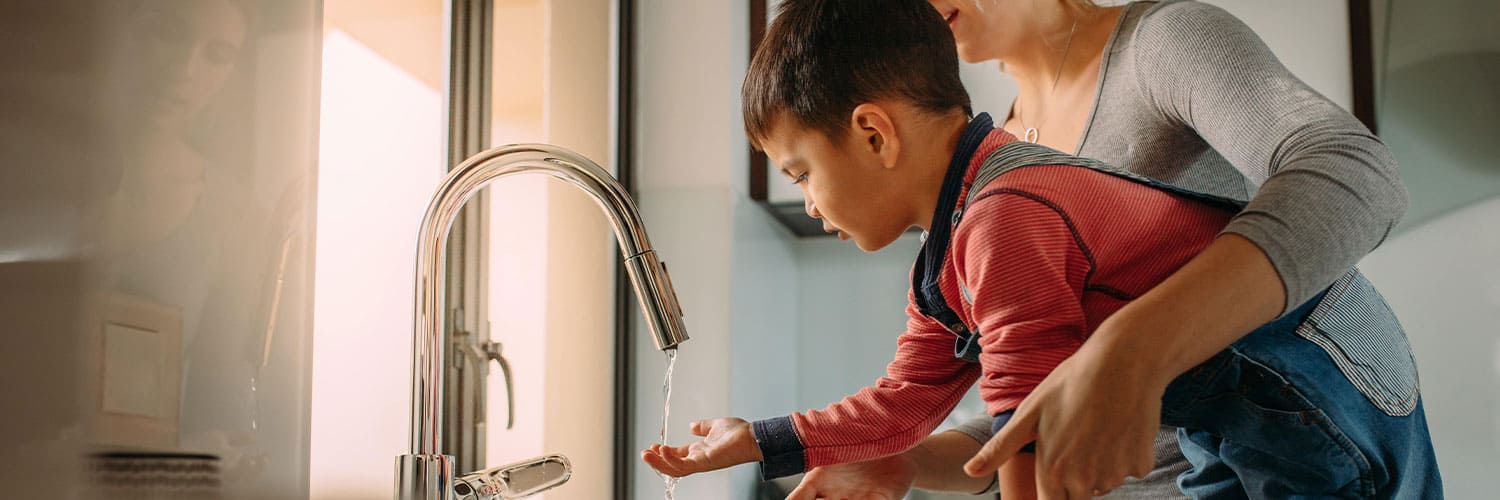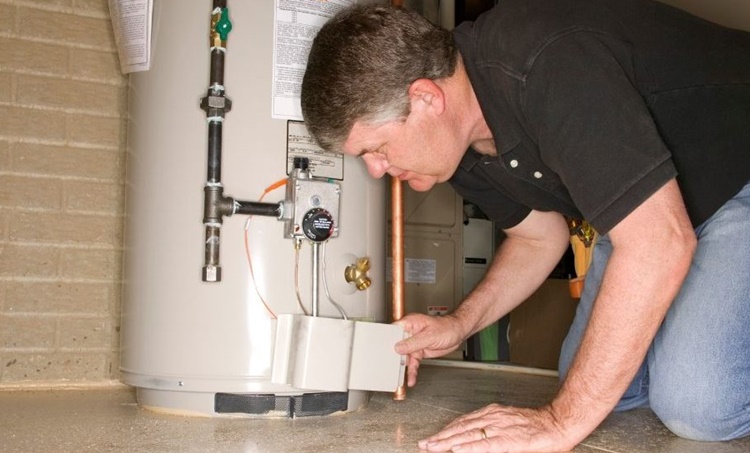How to Extend the Lifespan of Your Home's Hot Water System By Maintenance
How to Extend the Lifespan of Your Home's Hot Water System By Maintenance
Blog Article
How do you feel with regards to What Kind of Maintenance Do Water Heaters Need??

Hot water is essential for day-to-day comfort, whether it's for a rejuvenating shower or washing recipes. To ensure your hot water system runs effectively and lasts longer, normal upkeep is crucial. This short article gives useful tips and understandings on exactly how to keep your home's hot water system to prevent disruptions and pricey repair work.
Intro
Maintaining your home's warm water system could seem overwhelming, but with a couple of easy actions, you can ensure it runs smoothly for several years to find. This overview covers everything from recognizing your hot water system to DIY maintenance ideas and knowing when to employ professional assistance.
Relevance of Maintaining Your Warm Water System
Routine upkeep not only prolongs the life-span of your hot water system however additionally ensures it runs efficiently. Ignoring maintenance can result in lowered efficiency, greater power bills, and also early failure of the system.
Indications Your Warm Water System Needs Maintenance
Knowing when your hot water system requires focus can prevent major concerns. Look out for indications such as irregular water temperature, unusual sounds from the heating system, or rusty water.
Understanding Your Hot Water System
Prior to diving into maintenance tasks, it's practical to understand the basic elements of your warm water system. Generally, this consists of the water heater itself, pipes, anode poles, and temperature level controls.
Month-to-month Upkeep Tasks
Routine regular monthly checks can assist capture small concerns prior to they rise.
Purging the Hot Water Heater
Purging your hot water heater gets rid of debris build-up, boosting performance and prolonging its life.
Checking and Replacing Anode Rods
Anode rods avoid rust inside the storage tank. Examining and replacing them when broken is critical.
Inspecting and Adjusting Temperature Setups
Readjusting the temperature level setups ensures optimal performance and safety.
Do It Yourself Tips for Upkeep
You can execute numerous upkeep jobs on your own to keep your hot water system in top condition.
Looking for Leakages
Regularly evaluate pipelines and links for leaks, as these can result in water damage and greater costs.
Examining Stress Relief Valves
Evaluating the pressure safety valve guarantees it works correctly and avoids excessive pressure build-up.
Protecting Pipes
Shielding warm water pipes minimizes warm loss and can save power.
When to Call a Specialist
While DIY maintenance is valuable, some issues call for expert knowledge.
Complex Concerns Needing Professional Aid
Instances include significant leakages, electrical troubles, or if your water heater is consistently underperforming.
Regular Expert Maintenance Perks
Professional upkeep can include thorough examinations, tune-ups, and guaranteeing compliance with safety and security requirements.
Verdict
Routine upkeep of your home's hot water system is essential for performance, durability, and price savings. By adhering to these suggestions and recognizing when to seek specialist assistance, you can make sure a dependable supply of warm water without unexpected interruptions.
How to Maintain an Instant Hot Water Heater
Before tinkering with your hot water heater, make sure that it’s not powered on. You also have to turn off the main circuit breaker and shut off the main gas line to prevent accidents. Also turn off the water valves connected to your unit to prevent water from flowing into and out of the appliance. 2. When you’re done, you have to detach the purge valves’ caps. These look like the letter “T†and are situated on either side of the water valves. Doing so will release any pressure that has accumulated inside the valves while at the same time avoid hot water from shooting out and burning your skin. 3. When the purge valves’ caps are removed, you have to connect your hosing lines to the valves. Your unit should have come with three hoses but if it didn’t, you can purchase these things from any hardware or home repair shops. You can also get them from retail stores that sell water heating systems. Read the user’s manual and follow it to complete this task properly. When the hosing lines are connected, open the purge port’s valves. 4. You should never use harsh chemical cleaners or solutions when cleaning your unit. Make use of white vinegar instead. It should be undiluted and you’ll probably use about 2 gallons. 5. Now flush your water heater. This task should probably take about 40 minutes. We can’t give you specific directions for this because the procedure is carried out depending on the type, model and brand of your heater. With that being said, refer to the user’s manual. 6. When you’re done draining the unit, you have to turn off the purge port valves again. Remove the hosing lines that you earlier installed on each of the water valves. Put the valve caps (purge port) back in their respective places and be very careful so as not to damage the rubber discs that are found inside these caps. 7. Now that everything’s back in place, check your user’s manual again to find out how to reactivate your water heating system. 8. Once it is working, turn one of your hot water faucets on just to let air pass through the heater’s water supply pipes. Leave the tap on until water flows smoothly out of it. https://www.orrplumbing.com/blog/2014/september/how-to-maintain-an-instant-hot-water-heater/

As a fervent person who reads on What Kind of Maintenance Do Water Heaters Need?, I assumed sharing that excerpt was essential. Be sure to take a moment to distribute this post if you enjoyed reading it. Many thanks for being here. Revisit us soon.
Set Up An Appointment Report this page